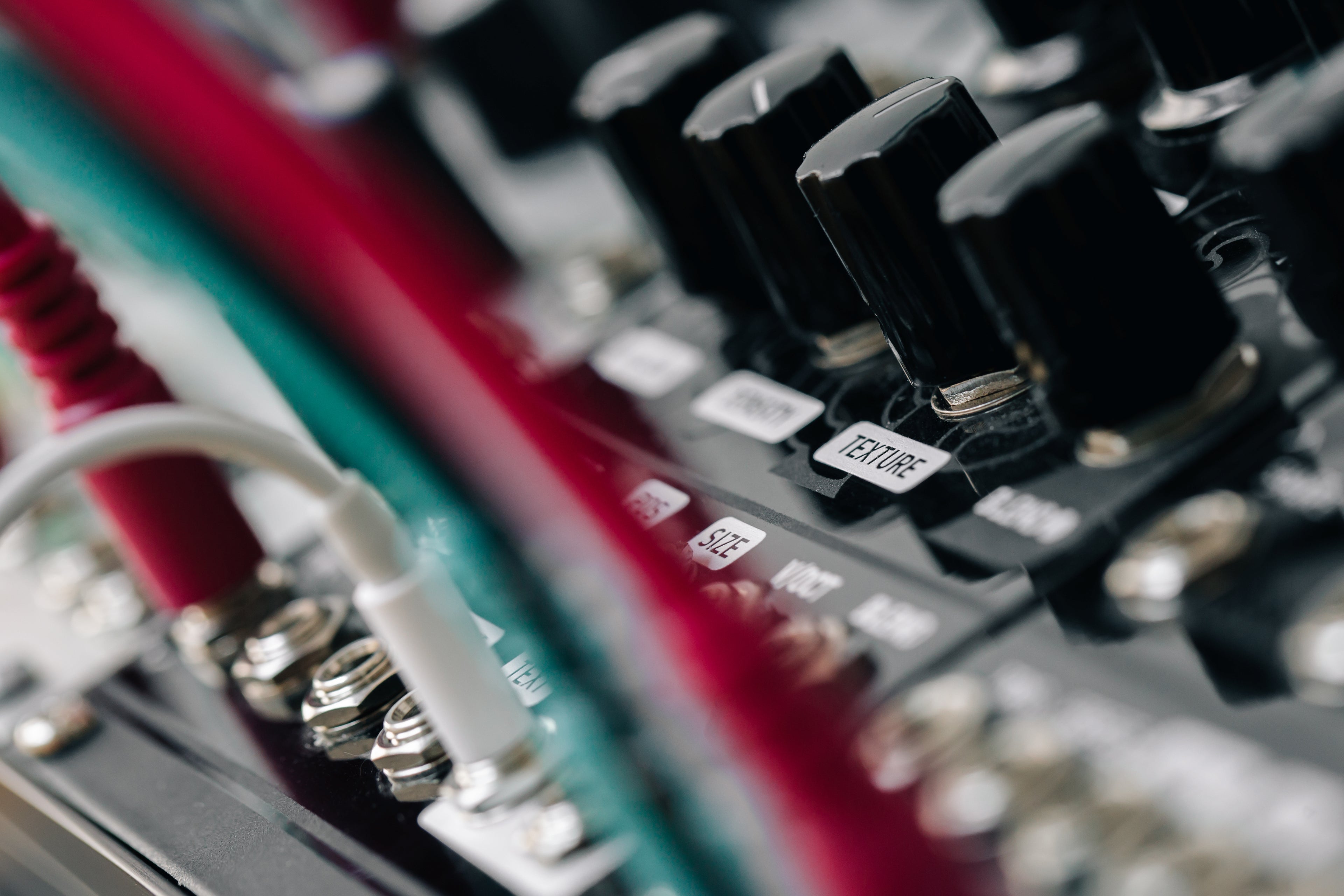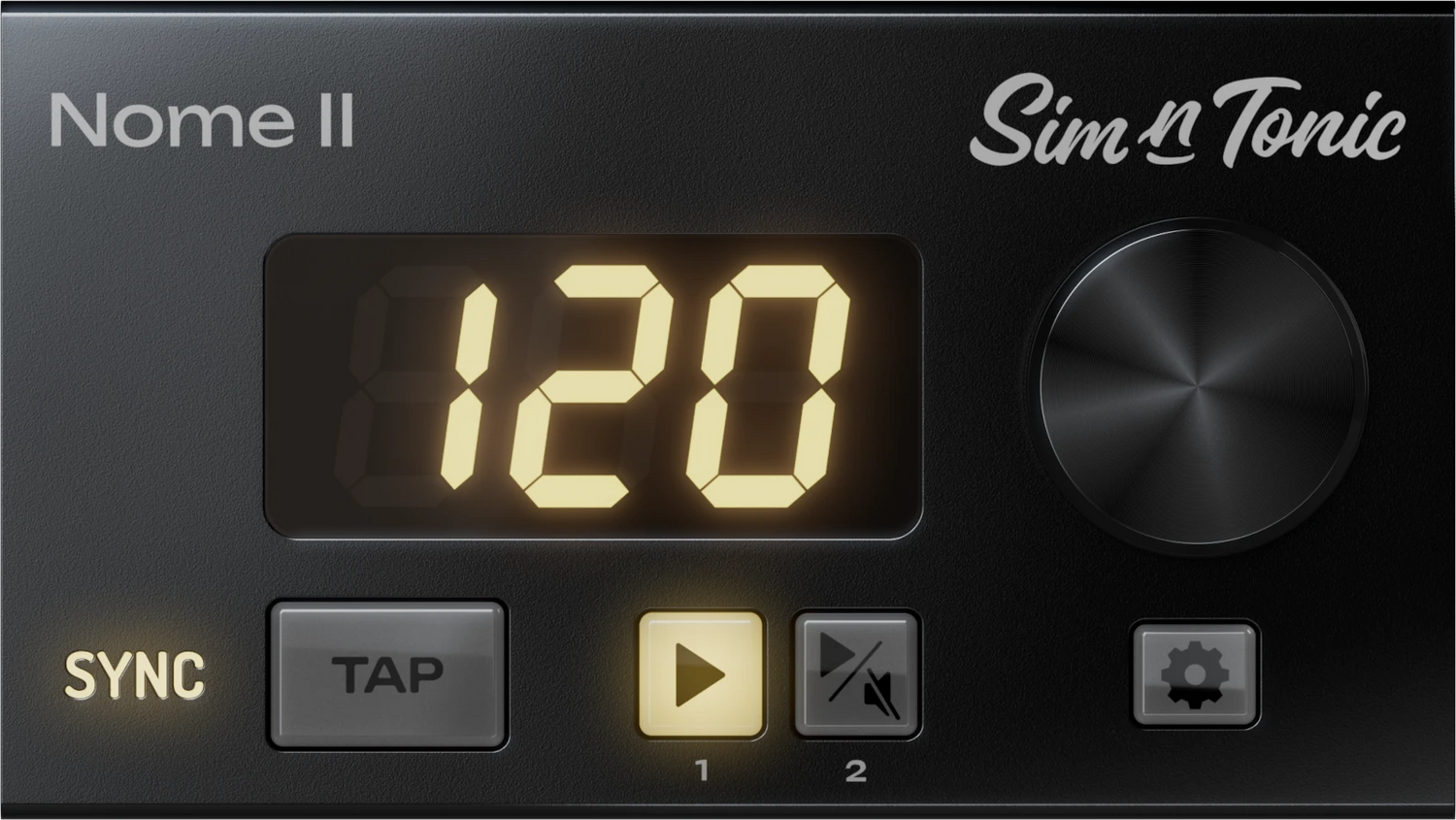
No More Sync Issues with This Master Clock
Get all your devices in sync with Nome II. Set the tempo, press play, and hear the magic.
-
Live or Studio
-
MIDI/CV/ Analog
-
Audio Metronome
-
U-SYNC with DAW
Nome II
Free Shipping options available.
In the box:
- Nome II
- USB-C to USB-C cable
- USB-C to USB-A adapter
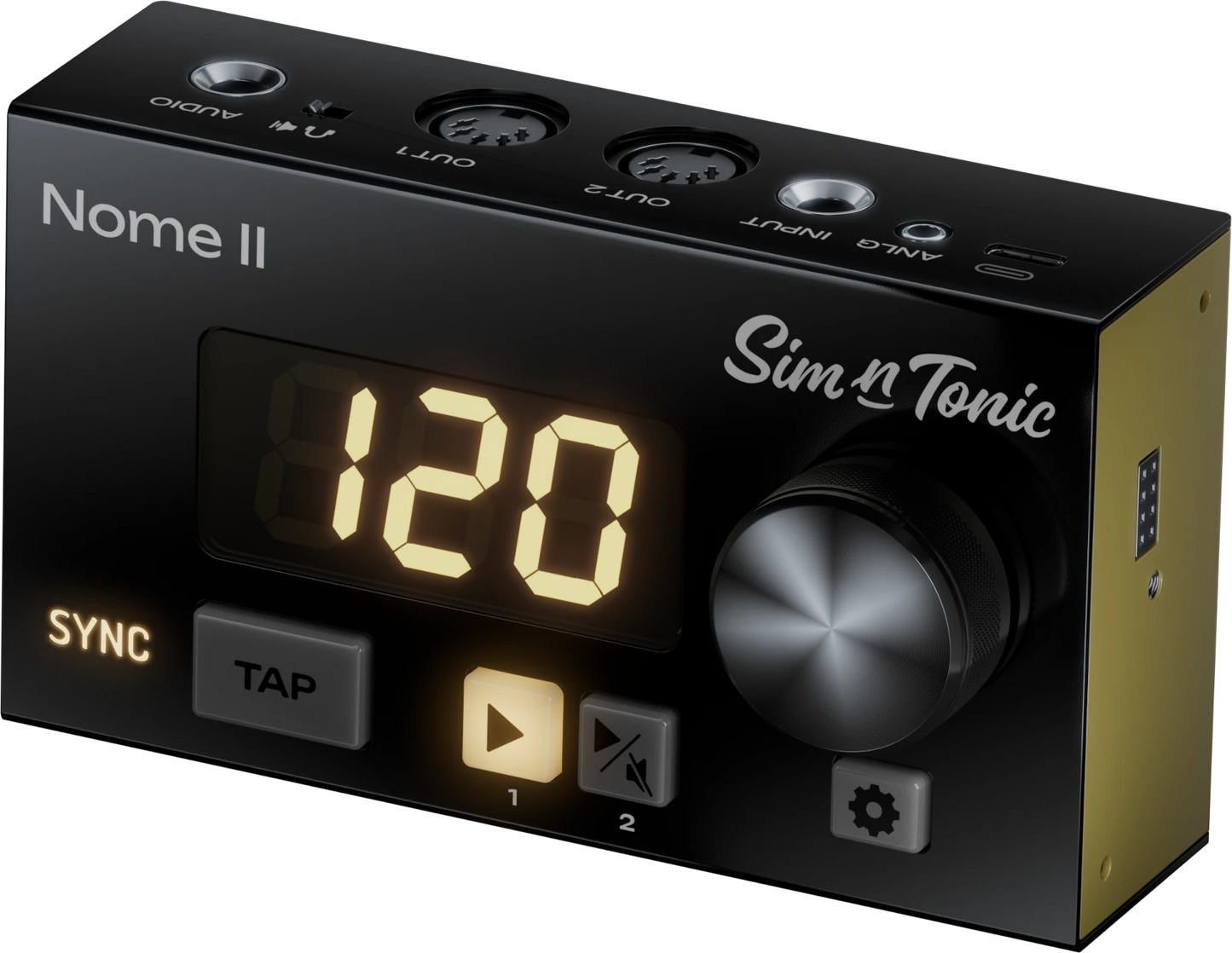
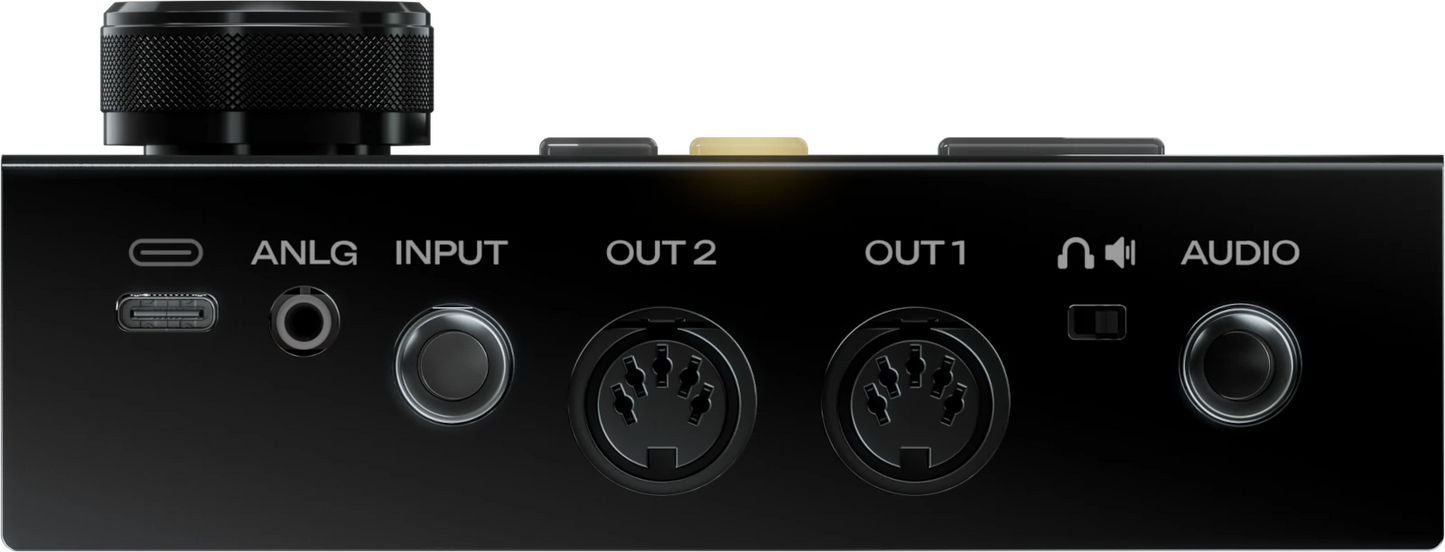
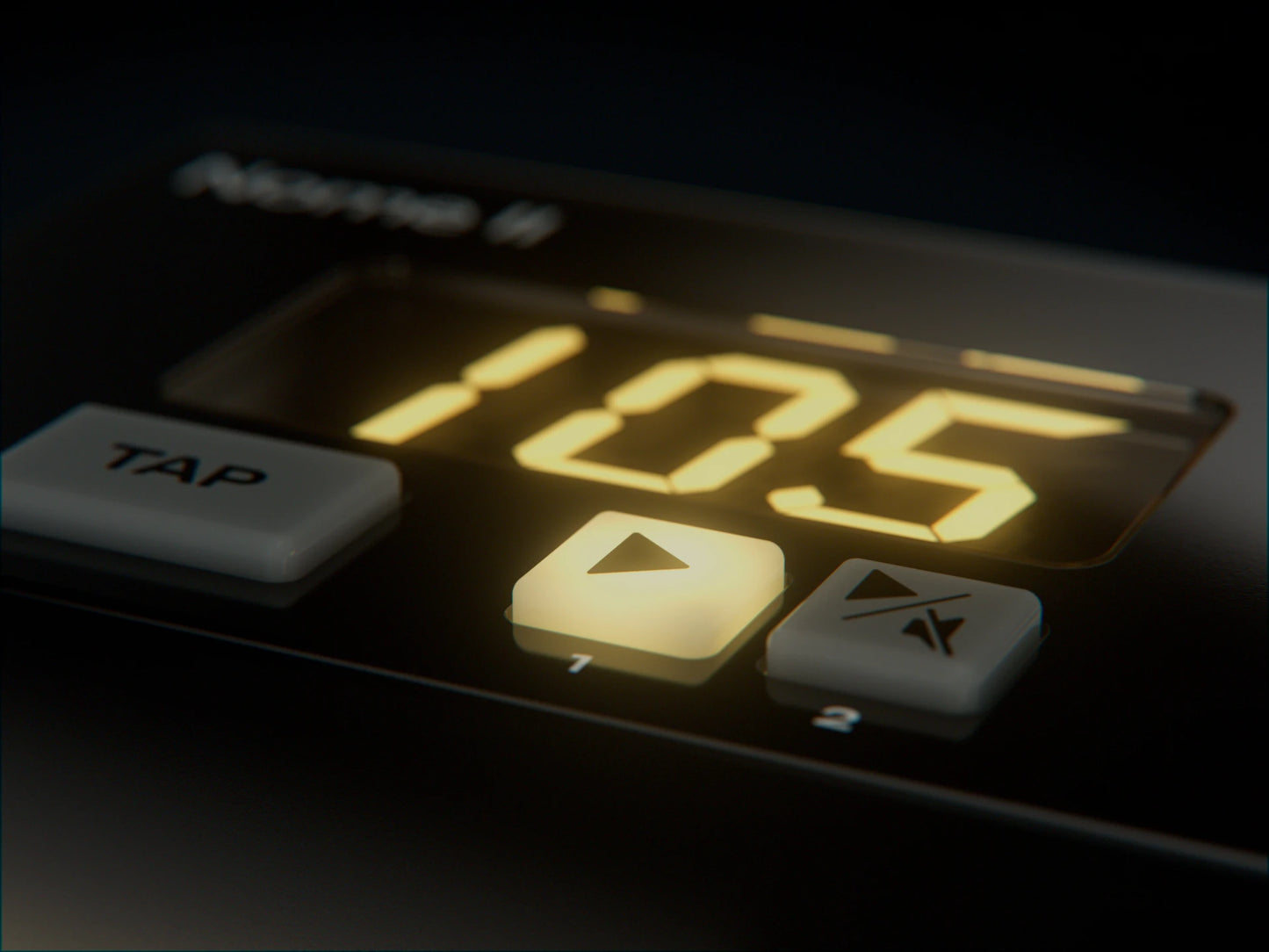

Orders are closed
Thank you for 2024! Orders are now closed for this year, they will reopen in January :)
The most Simple, Reliable and Versatile Master Clock Ever Invented
-
Record on the Grid
Using our brand new in-house technology U-SYNC, syncing your hardware gear to your DAW has never been easier
-
Sync Modular & Vintage Gear
it does not matter if you use modern MIDI gear, modular Euroracks, or vintage synths, Nome II can sync it all.
-
Metronome Output
Get Live musicians in time as well by using the built-in metronome. The device is perfect for live usage, with its solid metal case and large knob.
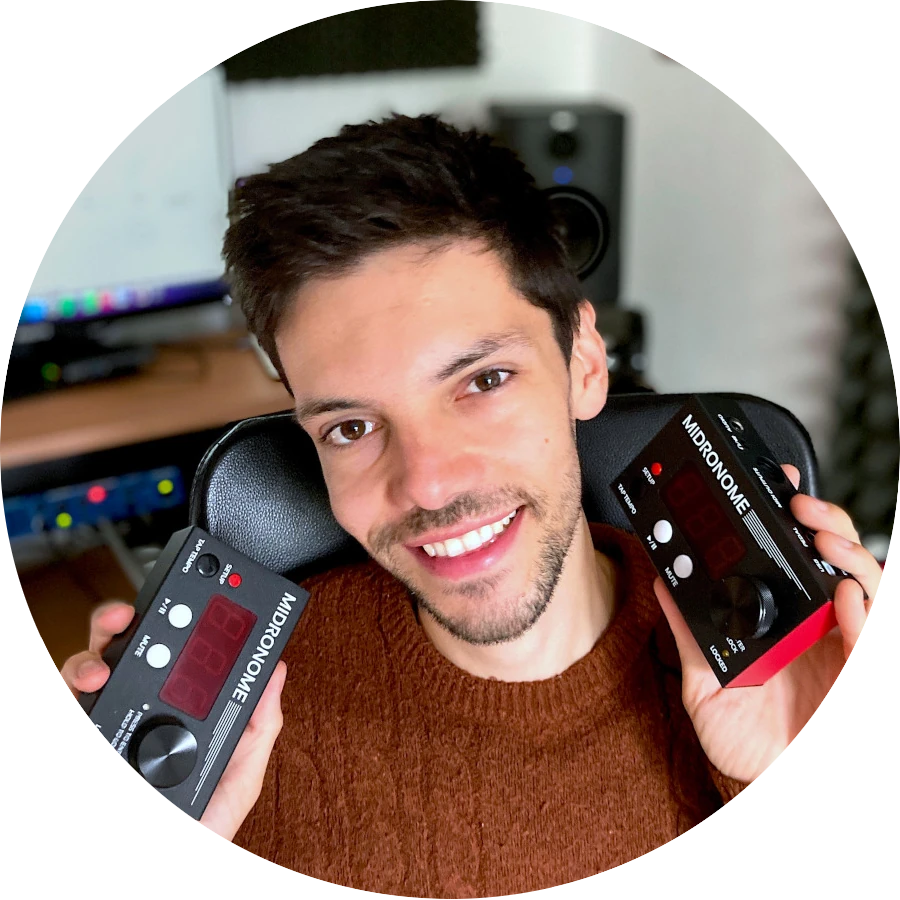
About Sim'n Tonic
Created by a musician for musicians
Simon created the “Midronome” (aka Nome I) because he simply could not find a decent MIDI Clock for his own band. The product’s launch was a huge success. Since then both the device and the community around it has tremendously grown, helping shape the device into the Nome II of today.
The core values that Simon created the device with have never and never will leave Sim’n Tonic:
-
Reliability
Because you need gear that never fails
-
Simplicity
Because as musicians we have so much to think about already
-
Versatility
Because we all have different setups and usages
-
Community
Because gear is worth nothing if not driven by its users

